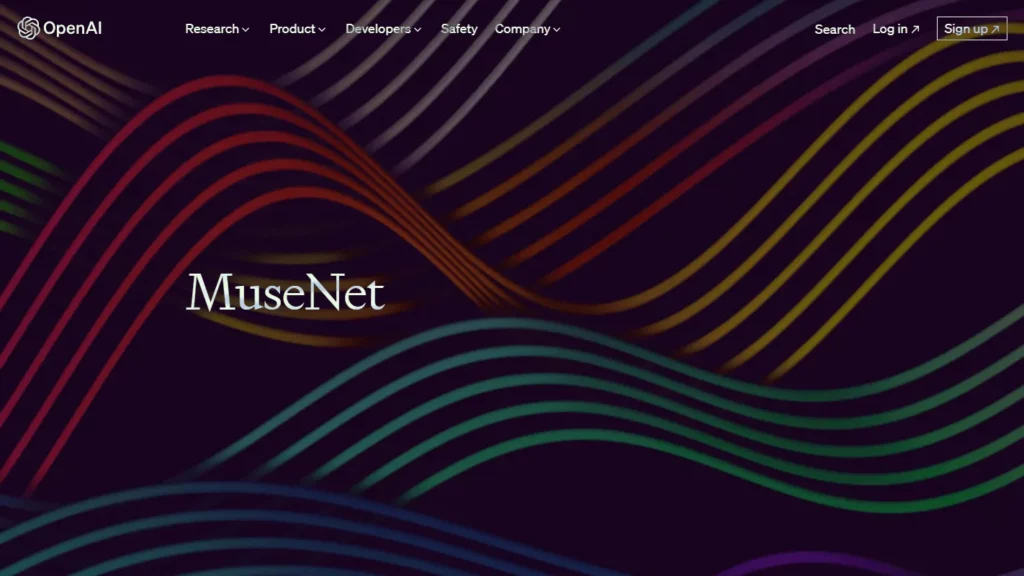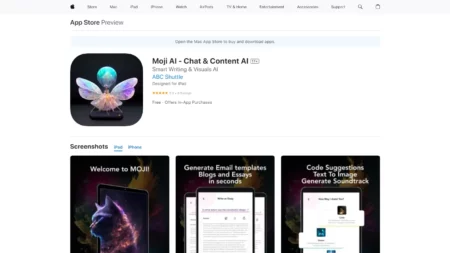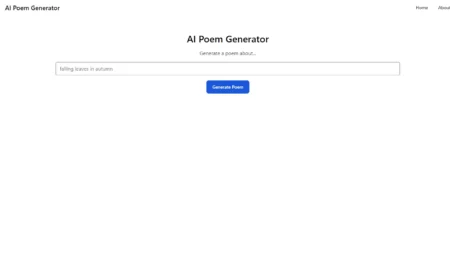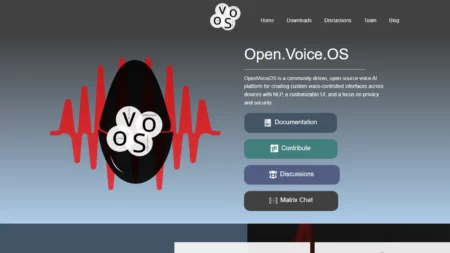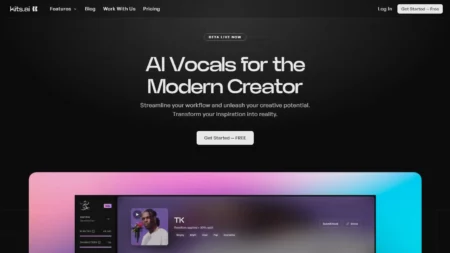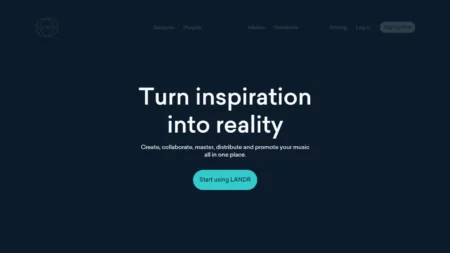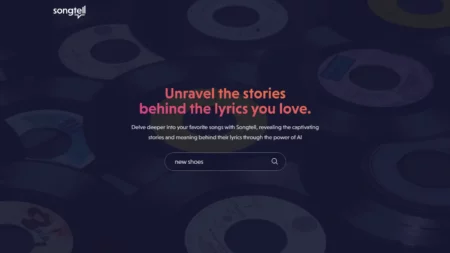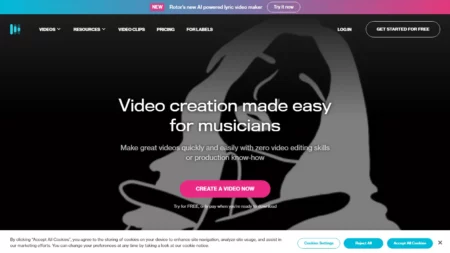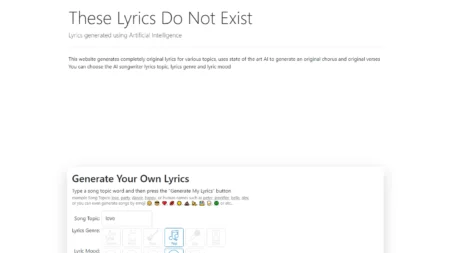MuseNet is a music generation model developed by OpenAI that uses the recompute and optimized kernels of Sparse Transformer to train a 72-layer network with 24 attention heads, allowing it to remember long-term structure in a piece and create musical melodic structures. It is trained on sequential data, given a set of notes and asked to predict the upcoming note. MuseNet uses composer and instrumentation tokens to give more control over the kinds of samples generated, and it can blend different styles in novel ways. The model is limited by the difficulty of odd pairings of styles and instruments, and it has a more difficult time with odd pairings of styles and instruments. MuseNet is excited to see how musicians and non-musicians alike will use it to create new compositions.
⚡Top 5 MuseNet Features:
Feature 1: MuseNet knows many different styles, allowing for the blending of generations in novel ways[^novel-ways].
Feature 2: MuseNet uses the recompute and optimized kernels of Sparse Transformer to train a 72-layer network with 24 attention heads, enabling it to remember long-term structure in a piece[^long-term-structure].
Feature 3: MuseNet has a simple mode that generates random uncurated samples, and an advanced mode that allows for direct interaction with the model, creating entirely new pieces[^simple-mode].
Feature 4: MuseNet has composer and instrumentation tokens that give more control over the kinds of samples generated, allowing users to condition the model to create samples in a chosen style[^composer-instrumentation-tokens].
Feature 5: MuseNet uses a learned embedding that tracks the passage of time in a given sample, giving all notes that sound at the same time the same timing embedding[^embeddings].
⚡Top 5 MuseNet Use Cases:
Use Case 1: MuseNet can be used to create new compositions by blending different styles and instruments, such as generating a pop piece based on the first 6 notes of a Chopin Nocturne[^novel-ways].
Use Case 2: MuseNet can be used in simple mode to explore the variety of musical styles it can create, allowing users to choose a composer or style, an optional start of a famous piece, and start generating[^simple-mode].
Use Case 3: MuseNet can be used in advanced mode to interact directly with the model, creating an entirely new piece[^simple-mode].
Use Case 4: MuseNet can be used to generate music in a chosen style by starting with a prompt such as a Rachmaninoff piano start or a Journey piece with piano, bass, guitar, and drums[^composer-instrumentation-tokens].
Use Case 5: MuseNet can be used to visualize the embeddings from the model to gain insight into what it has learned, using techniques like t-SNE to create a 2-D map of the cosine similarity of various musical composer and style embeddings[^embeddings].

